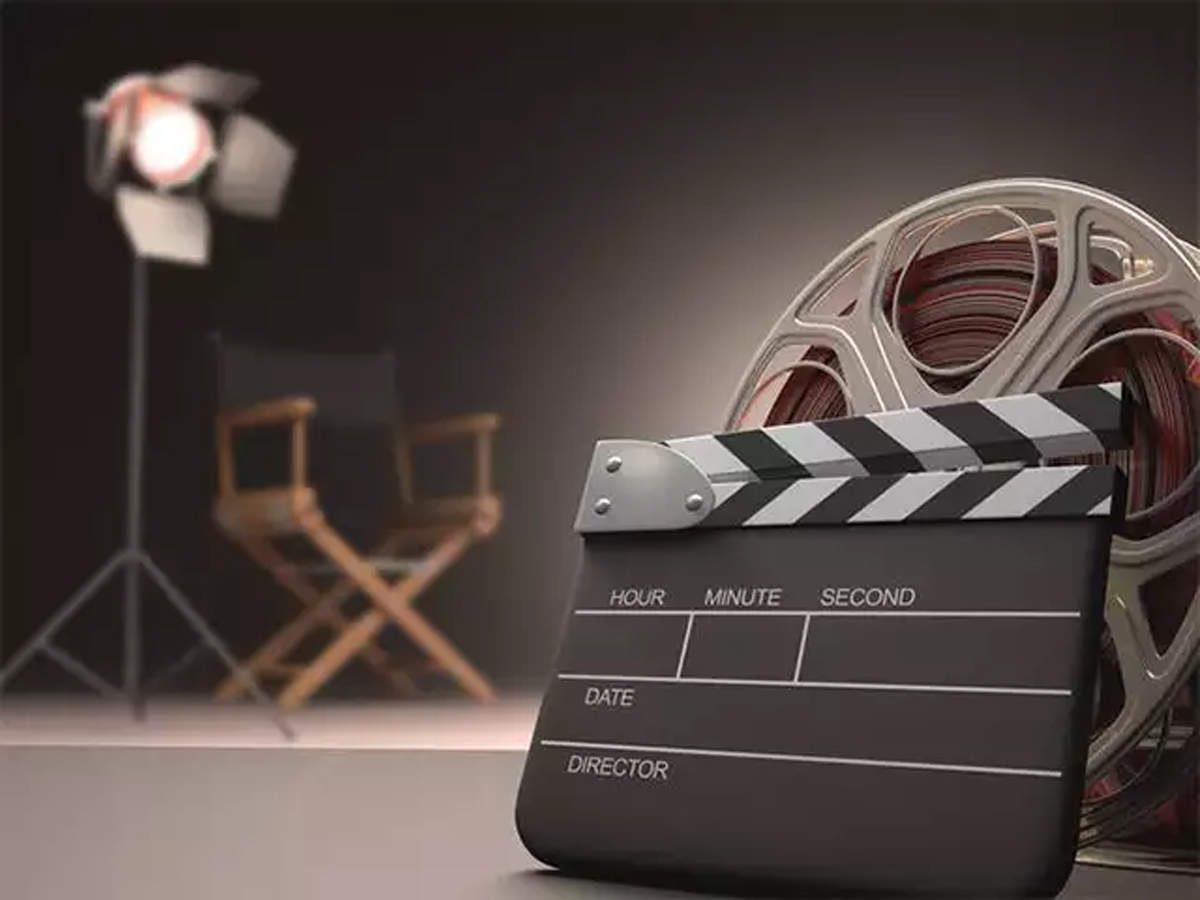STAY CURIOUS
Keep reading to find the excellency out of perfection and skill.
By: Milestone 101 /
2024-08-20
bollywood
The Evolution of Film Marketing: From Billboards to Social Media Challenges
The evolution of film marketing in India is a fascinating journey that reflects not only technological advancements but also the changing dynamics of audience engagement.

From the golden days of hand-painted billboards to the modern era dominated by social media challenges, Indian film marketing has undergone a significant transformation, adapting to the ever-evolving preferences of its audience. In the early days, film marketing in India was all about larger-than-life billboards, radio spots, and newspaper ads. These traditional methods were the primary means of building anticipation for a film.
Iconic films like “Shree 420” and “Mughal-e-Azam” were promoted through vivid hand-painted posters that became cultural symbols. The 1970s and 1980s saw the emergence of photographic posters, with stars depicted in dramatic poses, and catchy taglines became a staple. This era of film marketing relied heavily on the star power of Bollywood icons to draw audiences to the theaters. The 1990s marked a shift towards more sophisticated marketing strategies as Bollywood embraced contemporary design elements and television advertising. This was also the time when music videos started playing a crucial role in film promotion.
The songs of a film, often released before the movie itself, would create a buzz and ensure that audiences were hooked even before the release date. However, the real revolution in film marketing came with the digital era. The 2000s saw the advent of social media, which gradually began to play a crucial role in how films were marketed. Platforms like Facebook, Twitter, and YouTube became the new billboards, offering unprecedented reach and direct engagement with fans. This shift was particularly evident in the way Bollywood films began leveraging social media to build hype.
A film’s success was now often determined by its trending status on Twitter or the number of views its trailer garnered on YouTube. In recent years, the rise of OTT platforms and the influence of social media challenges have further transformed film marketing. Films are now promoted through Instagram stories, TikTok challenges, and viral content on platforms like Twitter and Facebook.
The success of films like “Gully Boy” and “Gangubai Kathiawadi” was not just because of traditional marketing but also due to the viral nature of their promotional content on social media. Memes, hashtags, and challenges became integral to their marketing strategies, capturing the imagination of a younger, tech-savvy audience. Social media also allows for a more interactive form of marketing, where fans can engage directly with the film's stars and creators, often influencing the narrative surrounding a movie's release.
Moreover, the COVID-19 pandemic accelerated the shift towards digital marketing, as traditional methods like theater-based promotions and outdoor advertising took a backseat. Films were promoted almost entirely online, and digital engagement became the primary metric of a film's pre-release success. The pandemic has shown that digital-first marketing is not just a trend but a necessity in today’s entertainment landscape.
In conclusion, the evolution of film marketing in India from billboards to social media challenges is a testament to the industry's adaptability and innovation. As digital platforms continue to grow, the future of film marketing will likely see even more integration of technology, with AI and data analytics playing a significant role in crafting personalized marketing campaigns. This journey from traditional to digital marketing highlights how Bollywood, while deeply rooted in its rich cultural history, is always ready to embrace change and stay relevant in an ever-evolving global landscape.
2022 © Milestone 101. All Rights Reserved.